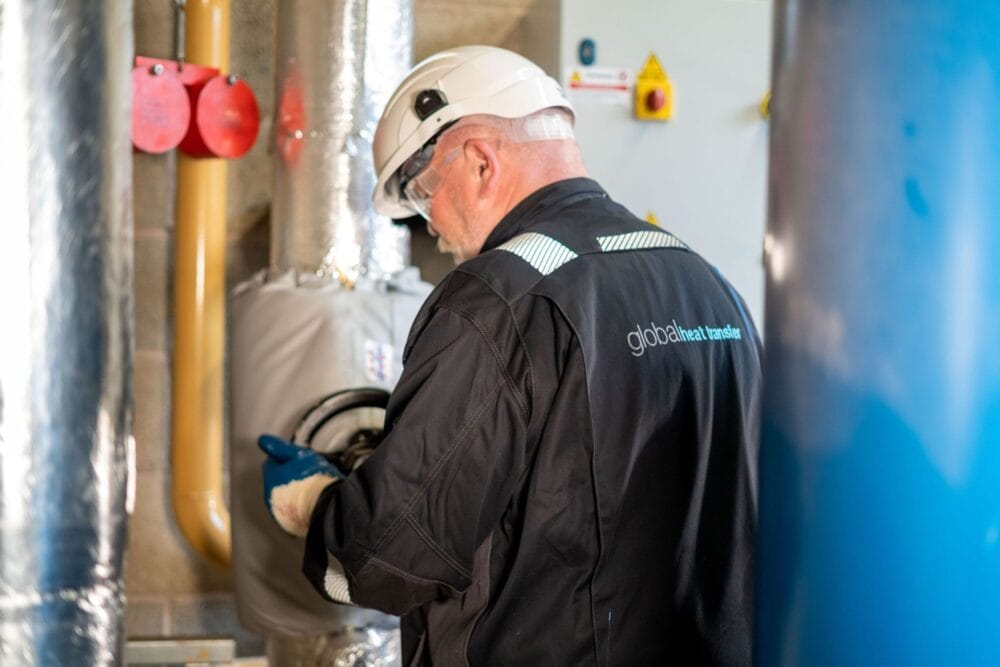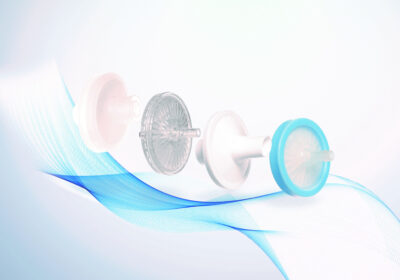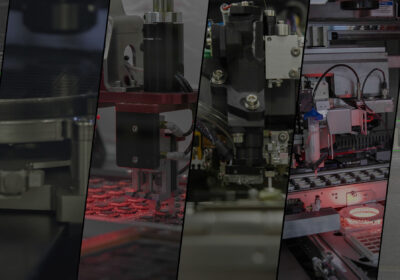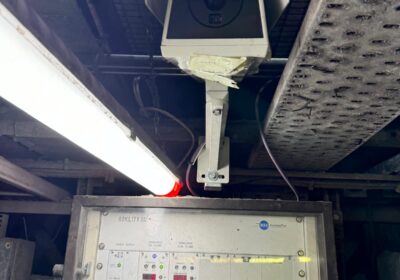A common response to problems with a heat transfer system is to crank up the heat. However, the Arrhenius equation suggests that increasing temperature by just ten degrees can halve the expected lifespan of a fluid. Taking this step therefore increases costs, energy use and waste — key things to avoid for more sustainable operations. Here Ian Silvester, lead project engineer at thermal fluid expert Global Heat Transfer, explains how manufacturers can maintain good thermal fluid system efficiency, without turning up the heat.
Monitoring the condition of HTFs used for indirect heat transfer applications, such as food or pharmaceutical processing, can be difficult as the fluid is not visible once it enters the system. So without proper proactive maintenance, engineers won’t know there’s a problem until it impacts production — food products cook inconsistently, for example, or ingredients won’t blend and product quality drops. While it may be true that, in these scenarios, the quickest way to return to productivity is to crank up the heat, this won’t solve the underlying problem. In many cases, turning up the temperature will exacerbate the situation.
Getting hot in here
Manufacturers initially match the fluid’s operating temperature range to the application. However, they might be tempted to increase the heat if the fluid can withstand higher temperatures in order to maintain productivity.
Thermal fluids are designed to offer reliable performance and longevity, but running the fluid at excessively high temperatures for prolonged periods can speed up the degradation process, as the Arrhenius equation explains.
As the fluid breaks down, chemical reactions will form volatile compounds and by-products, such as heavy ends (including carbon), that contaminate the system. Carbon and varnish, for example, can block strainers, leading to cavitation, potentially reducing the lifespan of the pump. They can also act as an insulator, preventing thermal fluid from taking heat away from the coil inside the heater case.
The presence of these contaminants will also reduce heat transfer efficiency, which will negatively impact product quality, alerting engineers to an issue — at which point the engineer might turn up the heat again. Choosing to further increase the system temperature to well above the needs of the application means that manufacturers will need to replace fluids more frequently, increasing operational costs and resource consumption.
Environmental issues
Turning up the temperature can have negative repercussions on the facility environment. Firstly, a direct consequence of turning up the temperature will be increased energy consumption, increasing operational costs as well as the release of pollutants to the atmosphere.
Over time, excessive fluid degradation can compromise the efficiency of the system, putting pressure on core components that may degrade at a faster rate. The breakdown of the system results in more frequent replacements of fluid and system components, further contributing to waste generation. The degradation process can also result in the release of harmful emissions, impacting air quality.
To mitigate the environmental impact of a heat transfer system that runs at too high a temperature, engineers can explore a long-term solution that improves heat transfer efficiency to increase uptime, but is also more sustainable. Thermal fluid experts can help determine if there is an alternative thermal fluid that better meets the needs of the application rather than what’s currently used in the system.
The right temperature
Engineers can maximise a thermal fluid’s lifespan by matching the operating temperature of the fluid to the temperature outlined by the application requirements, rather than running the system at the maximum temperature specified for the fluid. Maintaining a lower temperature when feasible conserves energy, mitigates thermal degradation and improves system reliability.
Running the system at the lowest temperature possible to achieve high-quality products can significantly improve the energy efficiency of the facility. Maintaining a lower temperature decreases energy consumption, keeping energy costs down and reducing emissions. Additionally, thermal fluid and heat transfer equipment will operate more efficiently for longer periods at lower temperatures, reducing the frequency of maintenance, repairs and fluid replacement.
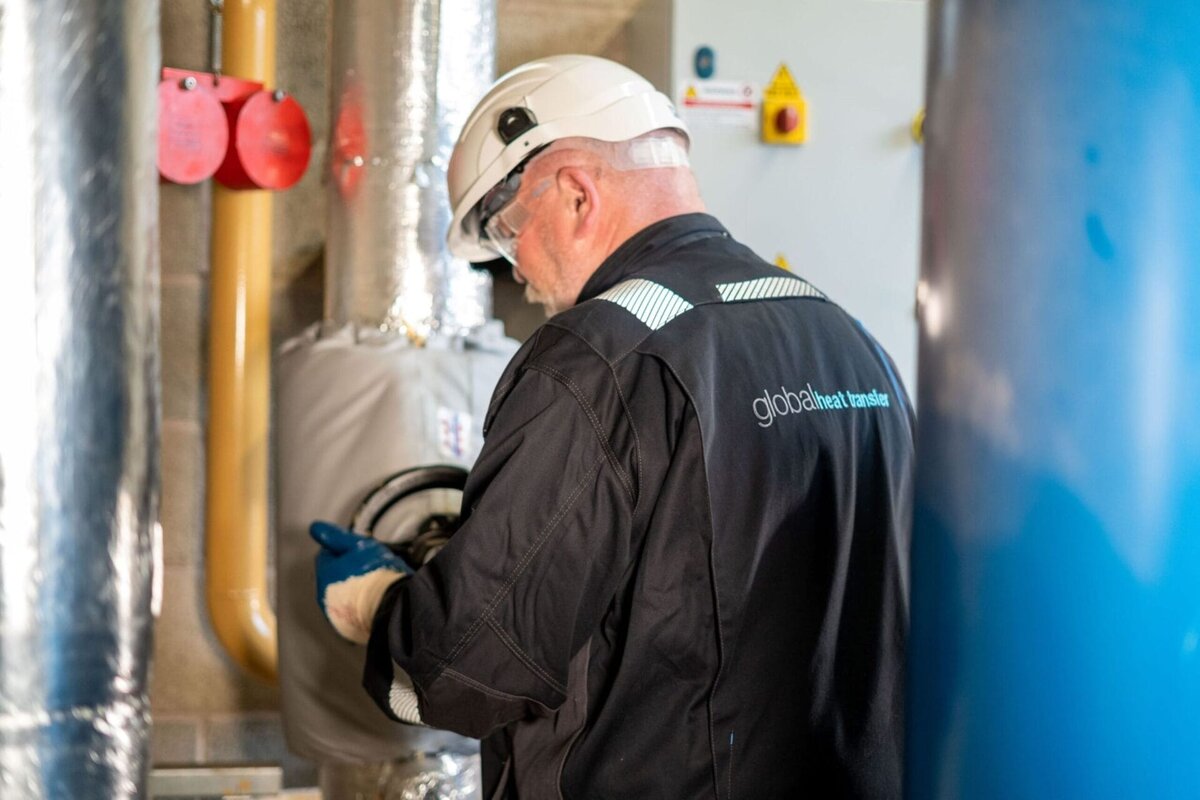
Turning things down
If manufacturers have been operating the system at excessively high temperatures, or turned up the heat to boost productivity, significantly lowering the temperature is not the solution. Drastic temperature changes could disrupt chemical reactions that occur in heat transfer processes, which will negatively affect production and product quality. In food processing, for example, sudden temperature fluctuation can lead to undercooked products, leading to production throwing out entire batches.
Instead, manufacturers can reduce the system temperature in increments. A careful assessment of the needs of the system and application enables engineers to mitigate potential risks associated with temperature changes, such as viscosity, heat transfer efficiency and product quality, which may initially cause reluctance to change. This incremental approach, as well as consideration of the benefits of temperature control, enables engineers to find a balance between product quality and system efficiency.
Making gradual and managed temperature adjustments is best for the system—reducing temperature in five degree (Celsius) increments, for example, will prolong the life of the fluid and reduce energy costs. Looking back to the Arrhenius equation, decreasing the temperature by just ten degrees can double the lifespan of a fluid. By considering the temperature of the fluid returning to the heater and the temperature that production equipment requires, engineers can implement a gradual approach. Then, engineers can continuously monitor system parameters and make adjustments to minimise impact on product quality. Engineers can continue reducing the temperature in increments until the system is at the right temperature to meet quality requirements in the most energy efficient way.
While the temptation to crank up the temperature of a heat transfer system to maintain production may be appealing, engineers must consider the broader implications on thermal fluid lifespan and system safety. Gradually lowering the system’s temperature in five degree (Celsius) increments enables engineers to balance productivity and sustainability, increasing uptime, reducing energy consumption and extending the lifespan of resources, all of which will minimise a facility’s environmental impact.
Our engineers can offer expert advice on how to operate thermal fluids at the optimal temperature and implement proactive maintenance strategies to improve sustainability. Speak to our experts to discover how they can help your operations.

